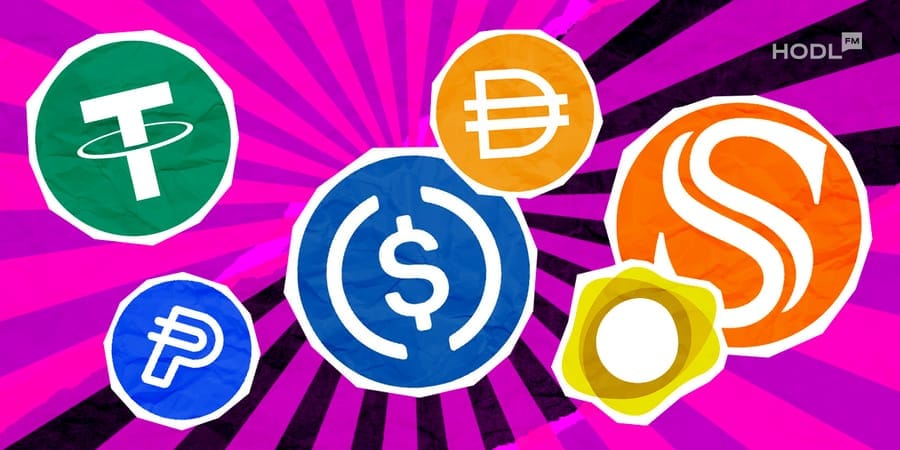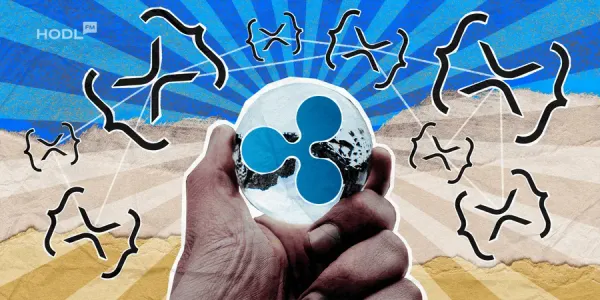The global stablecoin market has surged past $280 billion in combined market capitalization, a record level that has captured the attention of financial regulators. The European Central Bank (ECB) has warned that the rapid growth of these digital assets could pose systemic risks to the broader financial system, particularly if retail deposits migrate from traditional banks to stablecoins.
According to the ECB, “stablecoins could destabilize the financial system. This may occur through the attractions for retail deposits. These would run away from eurozone banks.” The bank’s assessment underscores how the booming stablecoin sector, while offering fast and efficient settlement tools, also introduces new vulnerabilities into the global economy.
A sudden run on stablecoins could result in a fire sale of reserve assets, including U.S. Treasuries. The ECB cautioned that such a scenario could “strike U.S. Treasury markets” and even possibly lead to a financial crisis in the absence of coordinated global oversight.
Dollar-based stablecoins command 99% of market share
The rwa.xyz data shows that two U.S. dollar-backed stablecoins, Tether (USDT) and USD Coin (USDC), dominate the landscape. USDT holds a capitalization of around $184 billion, accounting for 63% of the market, while USDC adds roughly $75 billion, representing 26%. Dollar-denominated stablecoins now make up 99% of the global market supply.
By contrast, euro-denominated stablecoins remain marginal, with around $395 million in circulation. Despite this limited footprint, European regulators are sharpening their focus. The full enforcement of the Markets in Crypto-Assets Regulation (MiCAR) in 2024 is expected to bring greater transparency to the sector.
Growth has also been driven by regulatory clarity in other regions, including the implementation of the U.S. GENIUS Act and the introduction of Hong Kong’s Stablecoin Ordinance. These frameworks collectively are bringing about the new "Age of Compliance".
Alchemy Pay and Gate Research highlight infrastructure competition
A recent report by Alchemy Pay and Gate Research, published on October 31, describes the next phase of the stablecoin market as an “infrastructure competition.” The report said that the market capitalization was over $280 billion as of August 2025, which is 660 times more than it was in 2019.
While early dominance revolved around token issuance, competition now centers on controlling payment settlement networks. The report noted that Tether is developing “Plasma” for retail payments and “Stable” for institutional settlement, while Circle is building “Arc,” a financial-grade infrastructure for enterprises. Stripe acquired stablecoin infrastructure provider “Bridge” and is developing “Tempo,” a payments-focused blockchain. Alchemy Pay launched “Alchemy Chain,” a Layer 1 blockchain that offers real-time FX settlement for stablecoins.
“The global stablecoin market has grown 660-fold since early 2019,” Gate Research wrote, adding that new regulatory measures such as MiCA and the GENIUS Act mark “the beginning of the compliance era.”
Traditional finance joins in
Major payment providers are accelerating the integration of stablecoins into traditional finance. Visa, Mastercard, and PayPal have incorporated stablecoin features into cross-border and enterprise solutions. Notably, Visa’s Global Stablecoin Settlement service now enables direct cross-border USDC settlements for its banking partners.
PayPal, meanwhile, partnered with Ernst & Young in early 2025 to execute corporate payroll via its PYUSD stablecoin. The report also noted Western Union’s introduction of USDPT, a company-backed stablecoin aimed at remittances.
Market outlook and systemic implications
US treasury report indicates that the stablecoin market could reach $2 trillion by 2028, significantly amplifying its influence on global liquidity and financial stability. With major issuers holding reserve assets comparable in size to large money market funds, a destabilizing event could ripple across government bond markets.
Today, about 80% of all cryptocurrency trades on centralized exchanges use stablecoins, making them a fundamental component of the crypto economy. Yet, less than 0.5% of stablecoin transactions come from small retail transfers, underscoring limited real-world use in consumer payments for now.
The ECB maintains that cross-border regulatory coordination through forums such as the G20 and the Financial Stability Board is essential to mitigate risks of arbitrage and ensure a consistent global framework.
While the risks for the euro area remain contained, policymakers warn that unchecked expansion of stablecoins could create new fault lines in financial interdependence, especially if global regulation lags behind technological innovation.

Disclaimer: All materials on this site are for informational purposes only. None of the material should be interpreted as investment advice. Please note that despite the nature of much of the material created and hosted on this website, HODL FM is not a financial reference resource, and the opinions of authors and other contributors are their own and should not be taken as financial advice. If you require advice. HODL FM strongly recommends contacting a qualified industry professional.





